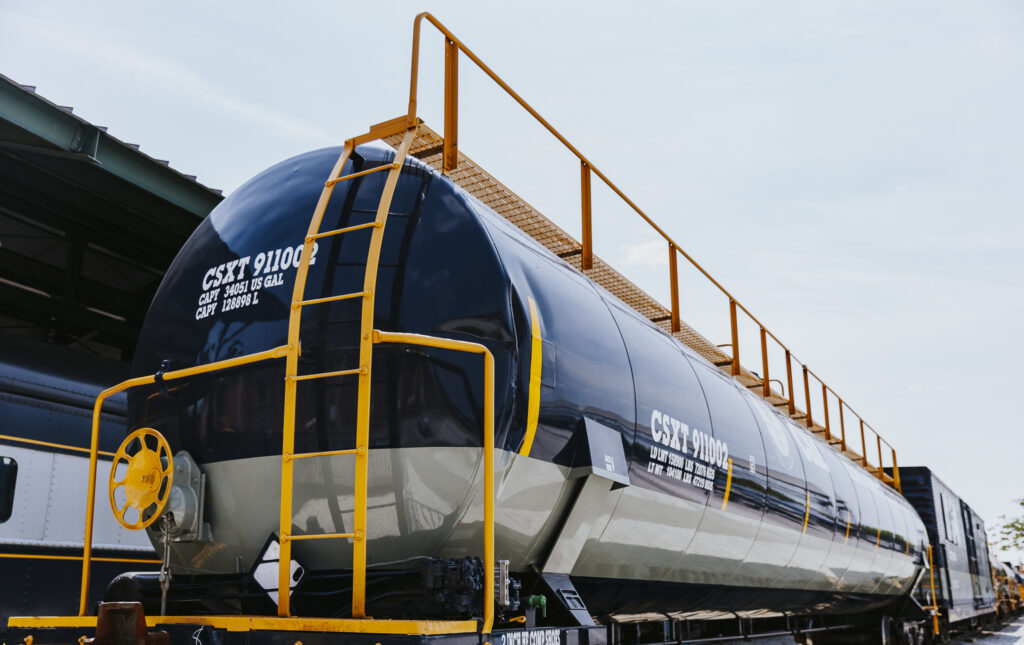America’s First Common-Carrier Railroad is Founded in Baltimore: First Steps
The nation’s first common carrier-railroad, the Baltimore and Ohio, is chartered by Baltimore merchants to carry goods from the Baltimore Harbor to the Ohio River.
Learn More


































